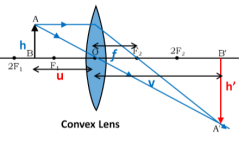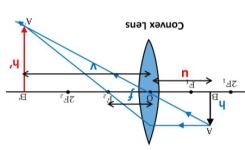tenex
reality-based
I'll post my question here because some optical experts may not find the original thread on thermal (infrared) monoculars, which you can click here to find. This is the first description of how a new "zoom" (actually dual focal length) model works:
What can be concluded from this about the optical design and how well it should perform? (Note that these lenses are gallium arsenide not glass, and I presume the number of elements is minimized.)The ZH38's "zoom" lens is a very unique thing to be used by turning its focus ring only.
When in wide angle position [that's 19mm], you have to turn the image out of focus and keep turning, turn, turn... until the image gets in focus again, but with the 38mm field of view now.








